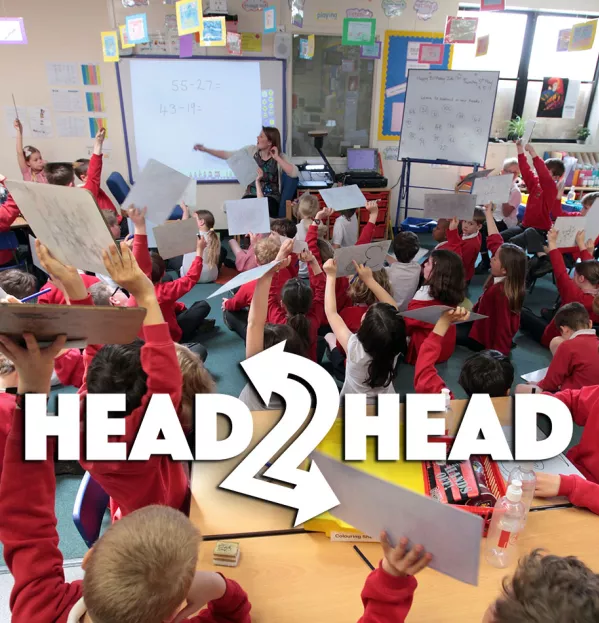Tips for teaching mixed-year groups in primary schools
Getting maths and English right is crucial
Sophie Bartlett, a Year 5/6 teacher and English and curriculum lead, says:
I’ve taught mixed Year 5/6 classes for eight years now, in a variety of different ways.
In some circumstances, the two year groups were kept separate for morning lessons of maths and English, and then brought together for the afternoon lessons, while in others, they were in the same classroom all day, every day.
This way of teaching comes with challenges, particularly around maths and English, and, for me, it’s how these subjects are taught that is crucial to ensuring that a mixed-year group class works for every single pupil.
Teaching maths in a mixed-year group class is really tough, because each year has a different curriculum. When I tried to combine the two to teach everyone together, the huge ability range - and different learning objectives - made it a logistical nightmare.
To resolve this, we changed our timetable in order to teach the year groups separately: this has been a game-changer. Instead of an hour-long maths lesson a day, I now teach two 45-minute maths lessons, one for each year group, and am lucky enough to have a class teaching assistant who is able to take the other half of the class during this time.
The maths lessons are 15 minutes shorter but the group of children is half the size and we end up getting through so much more content in a lesson.
Teaching English in a mixed class is much easier, because the key stage 2 English curriculum is split into just two phases: lower key stage 2 (LKS2) and upper key stage 2 (UKS2). We use a mastery approach of teaching to the top and supporting from the bottom, so there is no traditional differentiation (in terms of separate tasks) but rather differentiation by outcome.
The transition from Year 5 to Year 6 is much easier like this as the Year 5s are aware of the expectations of Year 6. They’ve also been taught everything once in Year 5, so Year 6 can be used as a year of consolidation - and extension if required.
In UKS2, it gets a little trickier when it gets closer to Sats. However, having a combined class has forced me to minimise the amount of “Sats-focused” activities we do. I teach as normally as possible as close to Sats week as I can.
Keep groupings flexible
Lily Hudson, a Year 1/2 teacher in Suffolk, says:
When I first started teaching mixed-year groups, my philosophy was that each child should be seen as an individual rather than a child from Year 1 or a child from Year 2. I still strongly believe this. However, I have learned there are barriers when teaching a mixed-year group class, which require careful planning and teaching.
The main challenge is covering every aspect of the curriculum for both year groups. Here, being organised with planning is essential and I use both long-term and medium-term plans to keep track of what I have taught each week.
The autumn term is always challenging because it’s when I see the biggest difference between the year groups. Year 1 pupils need to transition into the classroom environment and need play-based short activities, whereas Year 2s are already established in learning in this way, can concentrate for longer periods of time and often will request further challenges once they have completed activities.
The key, then, is to always have extension activities ready for the Year 2s - I use a “Let’s Keep Learning” wall in the classroom where the children can select an activity once they have finished the task in hand - while gradually making activities longer for the Year 1s.
I also keep grouping within the classroom flexible: I tend to split the class into two groups at the beginning of the class but move them between the groups during and at the end of each lesson to ensure they are provided with the learning that meets their needs. My teaching assistant is invaluable in this process: we each take a group and model the different tasks, before rotating so I can oversee both groups and be aware of every child’s progress.
While it is a challenge, overall I think being in a mixed class is a really positive experience for the children: they are taught by the same teacher for two years, and the younger ones are exposed to a more advanced curriculum, and I strongly believe that this directly impacts on their progress and experience of school.





